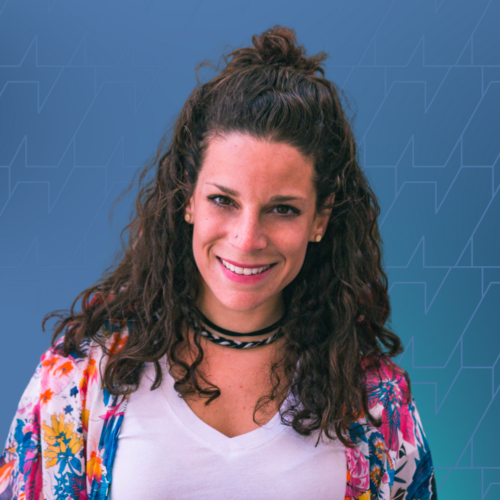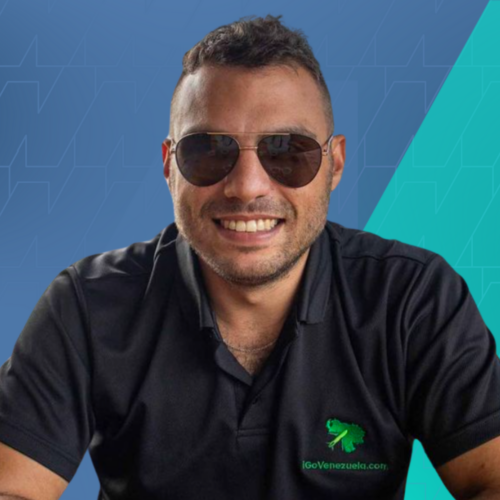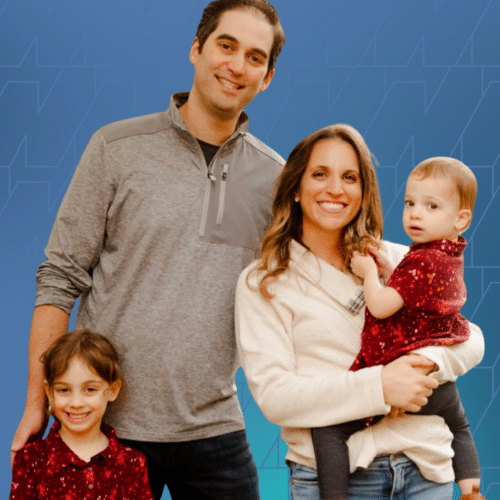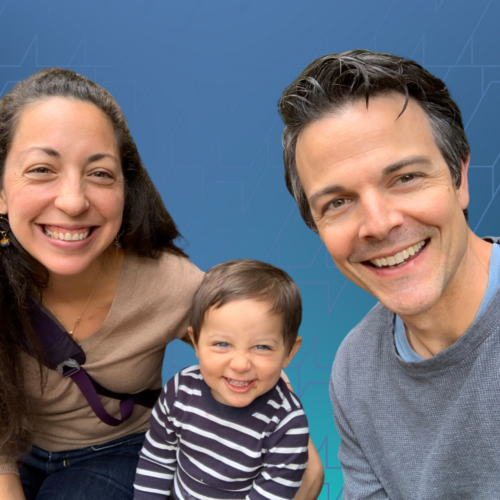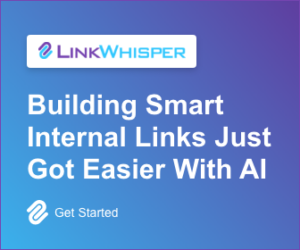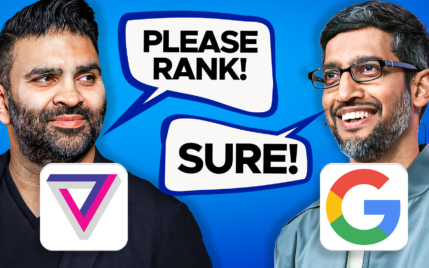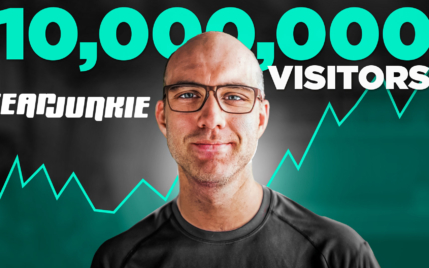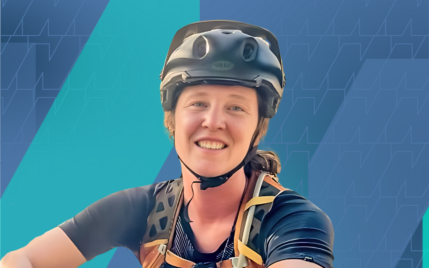How Jesse Schoberg Built DropInBlog For Sites That Don’t Use WordPress
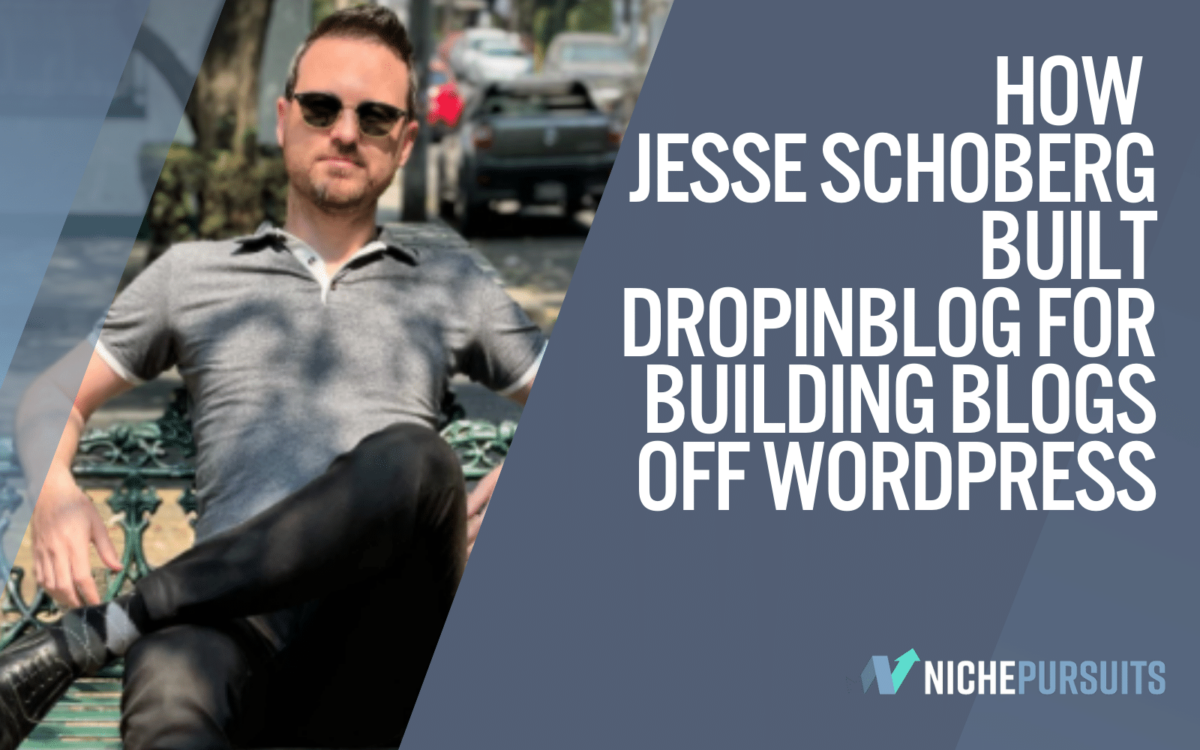
When you buy something through one of the links on our site, we may earn an affiliate commission.
We're happy to have Jesse Schoberg of DropInBlog answering a few questions on where he started and how he built his online business.
DropInBlog is a product that gives non-WordPress site users an easy solution to embed a blog on their website. It's popular for use with Shopify stores and many other platforms that don't automatically come with a blog installed.
Jesse's story is full of helpful and motivational points, and he has some great advice to offer along the way.
Contents
- Who are you and what is your background?
- How did you start making money online?
- When Was DropInBlog First Conceived?
- How have you grown your business?
- What have you learned through building DropInBlog?
- How long did it take to begin seeing success?
- What tools do you use in your business?
- What is your business philosophy?
- What keeps you going when things are tough?
- Advice for new online entrepreneurs?
Who are you and what is your background?

Hi, my name is Jesse Schoberg and I’ve been working online for just over 20 years.
I’ve traveled to and/or lived in over 40 countries. I founded a development agency when I was 19 and have been involved in quite a few projects over the last couple of decades.
In early 2019, our SaaS company DropInBlog started to get real traction so my two partners and I got out of everything else and put our full focus on that.
DropInBlog lets you put a blog on pretty much any site that was not built in WordPress.
Our customers build their sites on over 50 platforms such as Shopify, Thinkific, Webflow, Leadpages, Carrd, or custom-coded sites. Then they use our software to “drop” an SEO-friendly blog right into their existing site. No subdomains, no themes to manage. A “headless blog,” some might say.
In 2019 when things started picking up we put our other projects on the market and ultimately had a couple of nice 6 figure exits that gave us the runway to really go hard on DropInBlog.
It’s been a wild ride so far and DropInBlog’s pushing to hit 7 figures this year.
How did you start making money online?
When I was 19 I started learning HTML and some basic programming. With that, I started selling web design to small businesses where I lived in Madison, Wisconsin.
During the early years, I started to assemble an international team of freelancers to help grow our offerings. I got really good at managing and sourcing remote team members. In 2008 I left the States and started living the expat/nomad life in Panama.
While in Panama, I continued to work on the agency and also started a few side projects.
When Was DropInBlog First Conceived?
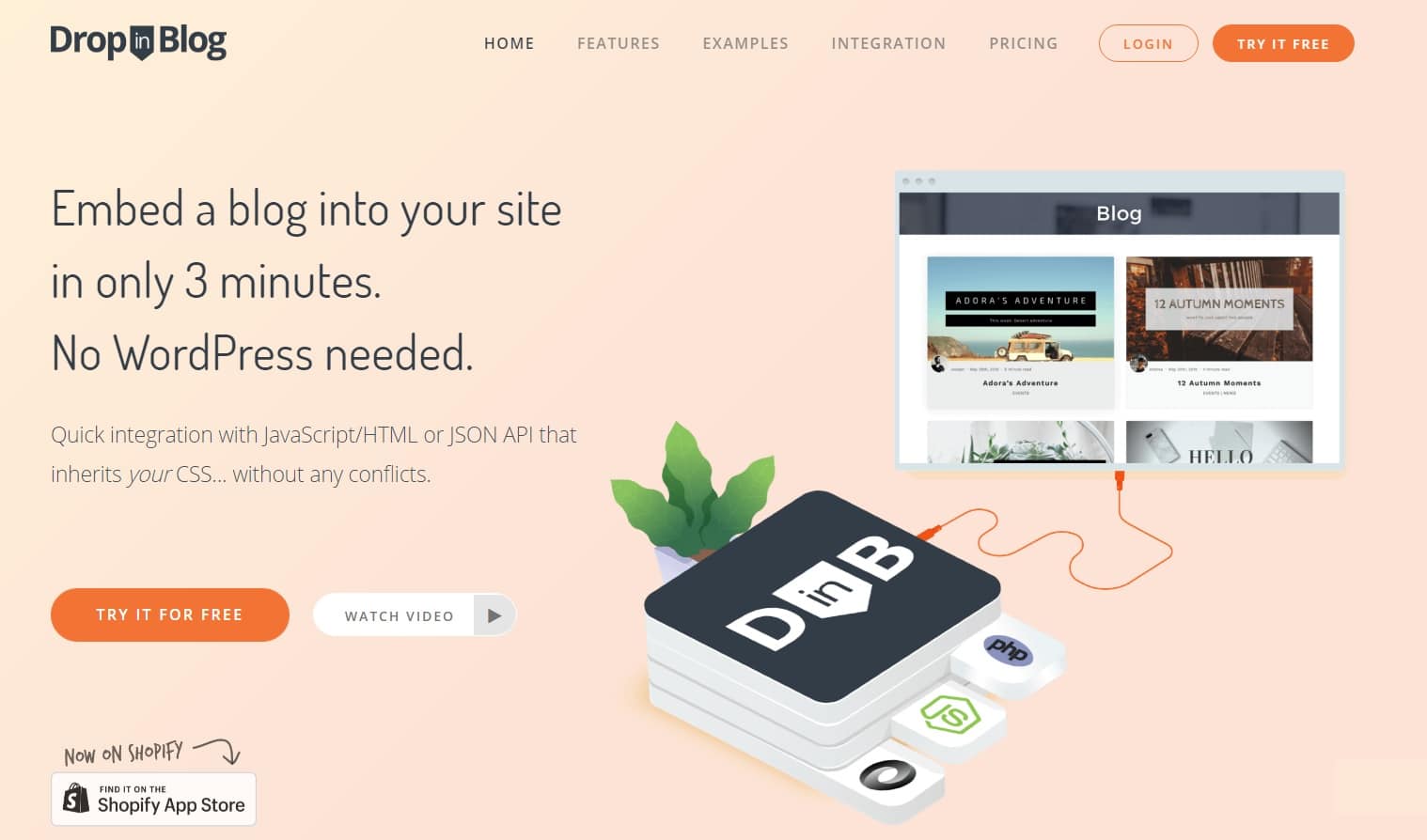
Before WordPress really became huge we were doing a lot of hand-coded HTML sites.
Those clients started to ask us to put blogs on their sites as content marketing got more popular. The only solution was to set up WordPress and create a custom theme to match their site. This worked but was cumbersome and created a bit of technical debt managing two platforms/themes etc.
This got me thinking of a way to make a blog that could work in the existing platform.
Around 2015 I left Panama and became more nomadic spending most of my time in SE Asia, particularly in Thailand, Vietnam, and the Philippines.
At this time we launched our first version of DropInBlog and rolled it out to our agency clients. It started off slow, but the clients loved it. It turned out we had created a Headless Blog platform which really wasn’t a term then.
It grew slowly until we started marketing directly to specific platforms. With the rise of no-code culture, lots of website builders started to bubble up and gain traction and we started to get more customers who were building the rest of their sites on the other platforms.
In 2019 the signups started flowing in and we quickly saw 5, to 6, to $7k MRR out of nowhere. At that point, we saw the demand increasing and all the opportunities in front of us. We moved our focus to DropInBlog and started working on the product and the marketing.
We sold our other side projects, built out our runway, and got to work.
In 2020 we launched our Shopify app for deep integration and set up partnerships with a big list of other builders. We grew our team to around 10 and started to flip the switch to replace our income from our previous ventures.
Now in 2021, we’re targeting integrations with over 50 platforms including Link Whisper. We’re focusing on growth, polishing our product, and scaling the infrastructure.
It’s been an exciting journey and we’re pushing to hit 7 figures this year.
How have you grown your business?
While we have tried a lot of things to grow our business, in the end, organic traffic and content marketing has won so far.
Usually, there is not a magic pill that will 100x your business in a year and you just need to keep doubling down on what’s working.
In the last few months of 2020, we decided to give paid ads a try.
We went pretty hard on Facebook and Google Ads and dropped around $20k with pretty weak results. We were really hoping that would put us on more of a rocket ship but it just wasn’t the case.
While it was an expensive lesson to learn it was also a great investment. For $20k we learned that paid advertising is not the best route for us to focus on. We no longer have to waste headspace wondering if we should be doing more there.
This is advice I can give on any new marketing tactic. Push hard on it and spend the money so you know with 90% certainty if it has legs or not. In our case, it cost us $20k to know we needed to focus back on what was working: organic traffic.
Now we’re going hard on content marketing. We’ve got a small team pumping out targeted content and tutorials which is building a strong base of traffic that’s converting.
We know it doesn’t give instant results but we know it works for us and will pay big dividends over the months and years to come.
What have you learned through building DropInBlog?
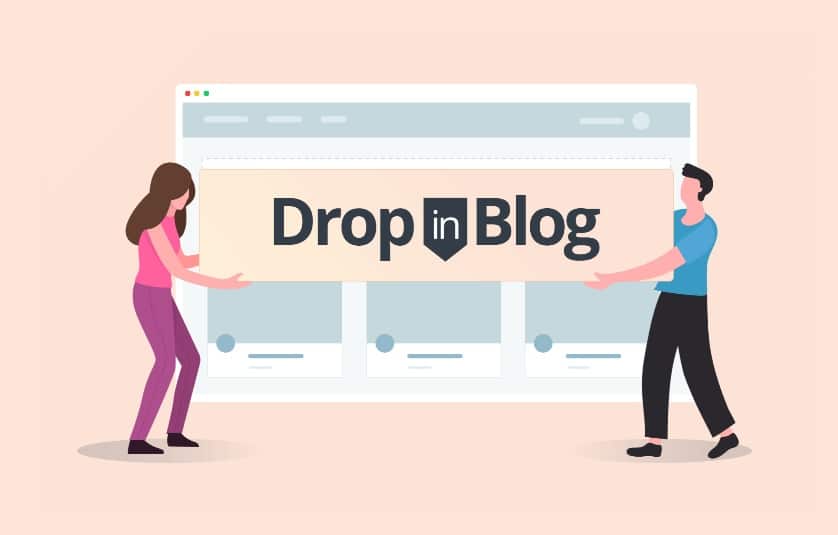
Contrary to popular belief, don’t hire salaried employees too soon.
We’ve failed at this a number of times. Hire freelancers for the tasks you need. If you find you need someone to fill more hours and you are effectively managing them, only then consider moving to salary.
It’s so easy to think “I’ll just hire a few people and this thing will grow like a rocket,” when often you don’t have enough work for those team members or have those roles well enough defined.
This can waste a lot of precious capital when you are small (or big) if you don’t do this right. Before you know it you can have $100k MRR and it’s all going out the window.
We’ve also had great success working with productized services as an alternative to staff. This saves you so much management time and the pricing is fixed to the output which makes budgeting a lot easier.
Another thing we learned is having live chat support (done by the founders) is really great when you are starting.
This keeps you on the pulse of any issues customers are having with your product and can really help you secure those first raving fans. You will quickly find out about bugs, onboarding issues, etc. Not to mention you can solicit reviews from happy customers.
This has been super helpful for us in getting our product to a well-oiled machine and landing a ton of great reviews.
How long did it take to begin seeing success?
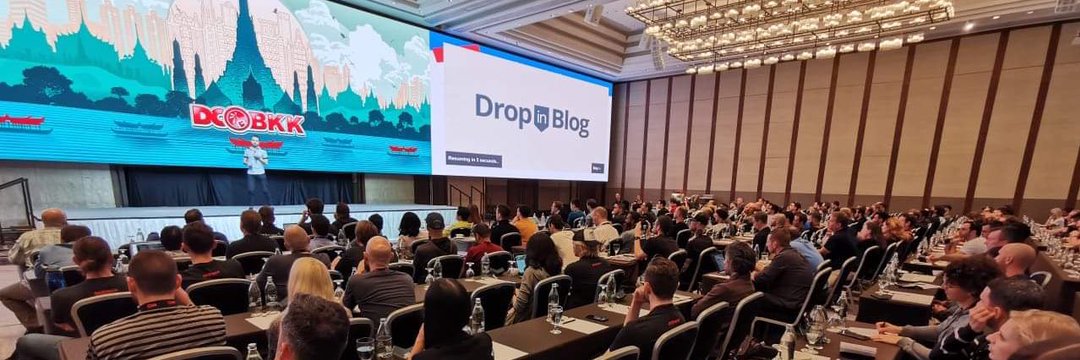
It took quite a while for us to realize DropInBlog was “the one.”
I first came up with the idea in 2013, we launched our first version in 2015, and it wasn’t until 2019 that we saw any real income from the project.
The reason income was slow to come initially was in part because it wasn’t getting our entire focus, but also due to timing. Timing is very important, and I think the market wasn’t quite ready for DropInBlog in those early years.
But fast forward, and people are leaving WordPress and looking for alternatives to match with their no-code builders. No-code didn’t really come on strong until 2019 and that’s when things really started to pick up for us.
Our customers really love us as we solve a huge pain point for them and give great customer service.
I know everyone says it, but it’s true: solve a big enough pain point and you can have a great business.
Along the way, we’ve landed some pretty fun accounts like Citizen Watch and LeSportsac. When the big names start choosing your product over the WordPress gorilla it’s pretty validating.
What tools do you use in your business?
We use quite a few tools to run our company:
- Freedcamp – Project management for our whole team. We really like the flow of their system over some of the other more popular tools. We try to keep as much communication as possible here. No Slack, no daily standups.
- Bento – Email automation. The other Jesse has a nice product we use for our onboarding emails and it has some great customer journey info.
- Hotjar – UI Testing / Customer Experience. We like to watch visitor recordings especially when we add new features, make changes to onboarding, or update the marketing site. Really useful stuff here.
- Zapier – Automation. We love Zapier and use it to automate and connect things to help with processes. Even though we are programmers ourselves, it’s often more efficient to just make a zap and be done with it. Really powerful tool.
- Baremetrics – Revenue tracking. It’s great to get a clear picture of our growth, MRR, and revenue churn. Baremetrics really gives us an easy way to keep an eye on that.
What is your business philosophy?
Preparation + Luck. That’s one of my main philosophies for business and also life.
Growing a successful business takes a lot of focus and timing, but in the end, you need to test things and then double down on what shows promise. That’s the preparation.
Then the luck will be that some of those things will really catch and that’s what will make you a success. You have to remember that people usually publish the wins, the things that catch. They are just showing you the results of that preparation and luck.
So it might look like “oh this founder made this thing and now it’s making 100k/ month.” Nope, they made 20 things and this one thing caught. And on this one thing, they tried 20 different marketing tactics, and one of those caught.
You just read about the one project and the one marketing approach, but in reality, it was lots of preparation and a bit of luck that led to great success. These things all take time and persistence. It seems most of the big successes followed some version of the 1000 day principle.
What keeps you going when things are tough?

I love traveling the world. I love setting my own hours. I love jumping on a plane and exploring a new culture. I love taking a Tuesday off and going on a picnic or reading a book on the balcony.
When things are tough, I just think about the alternative of living without that freedom and there is no better motivation.
Advice for new online entrepreneurs?
Here's my advice for those just starting out in online business:
- Don’t overthink your ideas. Run any version of an MVP and test ideas out so you can fail as quickly as possible, and move on to the next thing that might stick.
- Podcasts and articles like this can be useful and inspiring, but at the end of the day, you need to put in the work. If you are feeling idea overload just turn off the noise and focus on getting the idea out.
- Baseline your expenses so you can make your side hustle your full-time hustle as fast as you can. Maybe this is getting a roommate or maybe it’s moving to Medellin or Chiang Mai.
- Avoid trading your time for money. I was a victim of my own success with the agency and it was golden handcuffs for too long. Focus on your project, get your baseline covered, and then go hard on it.
- The internet is filled with tons of strong opinions. Take everything with a grain of salt. There are many ways to be successful and most people suffer from survivor bias. Try things, if they work double down, if they don’t, move on.
- The Sunk Cost Fallacy is real. Don’t let good time or good money follow bad. If it’s not working just cut your losses and move on. The faster you can pivot, the faster you can find success.
- Have fun. Don’t just grind all the time. Take breaks, go out for lunch, call your friends. The whole point here is to enjoy life, not just stack paper for no reason. Don’t forget to enjoy everything you have worked so hard for.
- Buy Bitcoin (and Ethereum).
Want to learn step-by-step how I built my Niche Site Empire up to a full-time income?
Yes! I Love to Learn
Learn How I Built My Niche Site Empire to a Full-time Income
- How to Pick the Right Keywords at the START, and avoid the losers
- How to Scale and Outsource 90% of the Work, Allowing Your Empire to GROW Without You
- How to Build a Site That Gets REAL TRAFFIC FROM GOOGLE (every. single. day.)
- Subscribe to the Niche Pursuits Newsletter delivered with value 3X per week
My top recommendations
